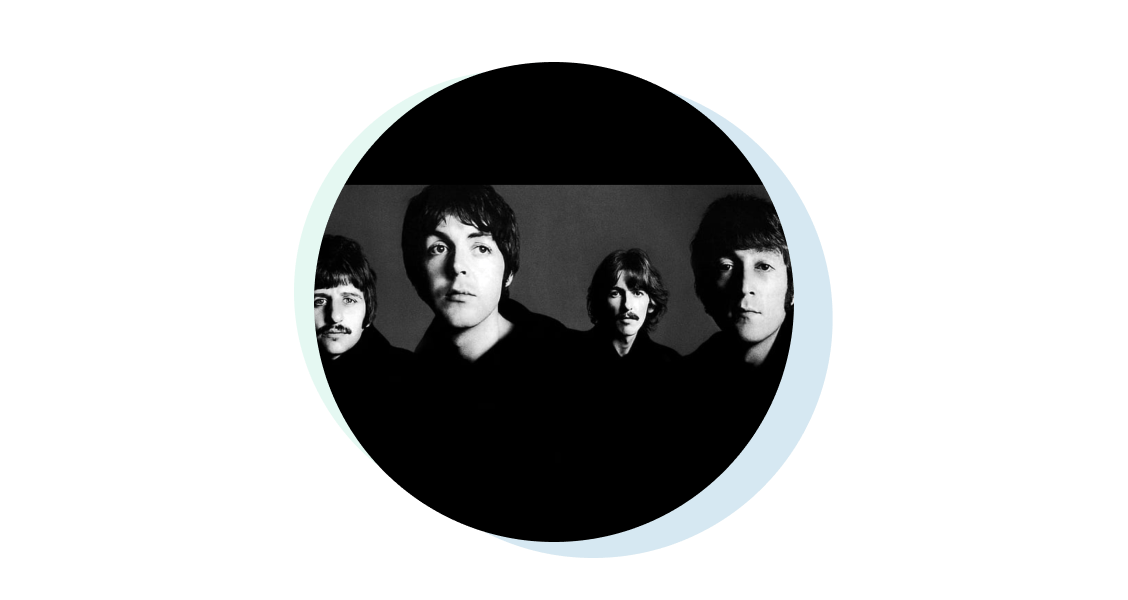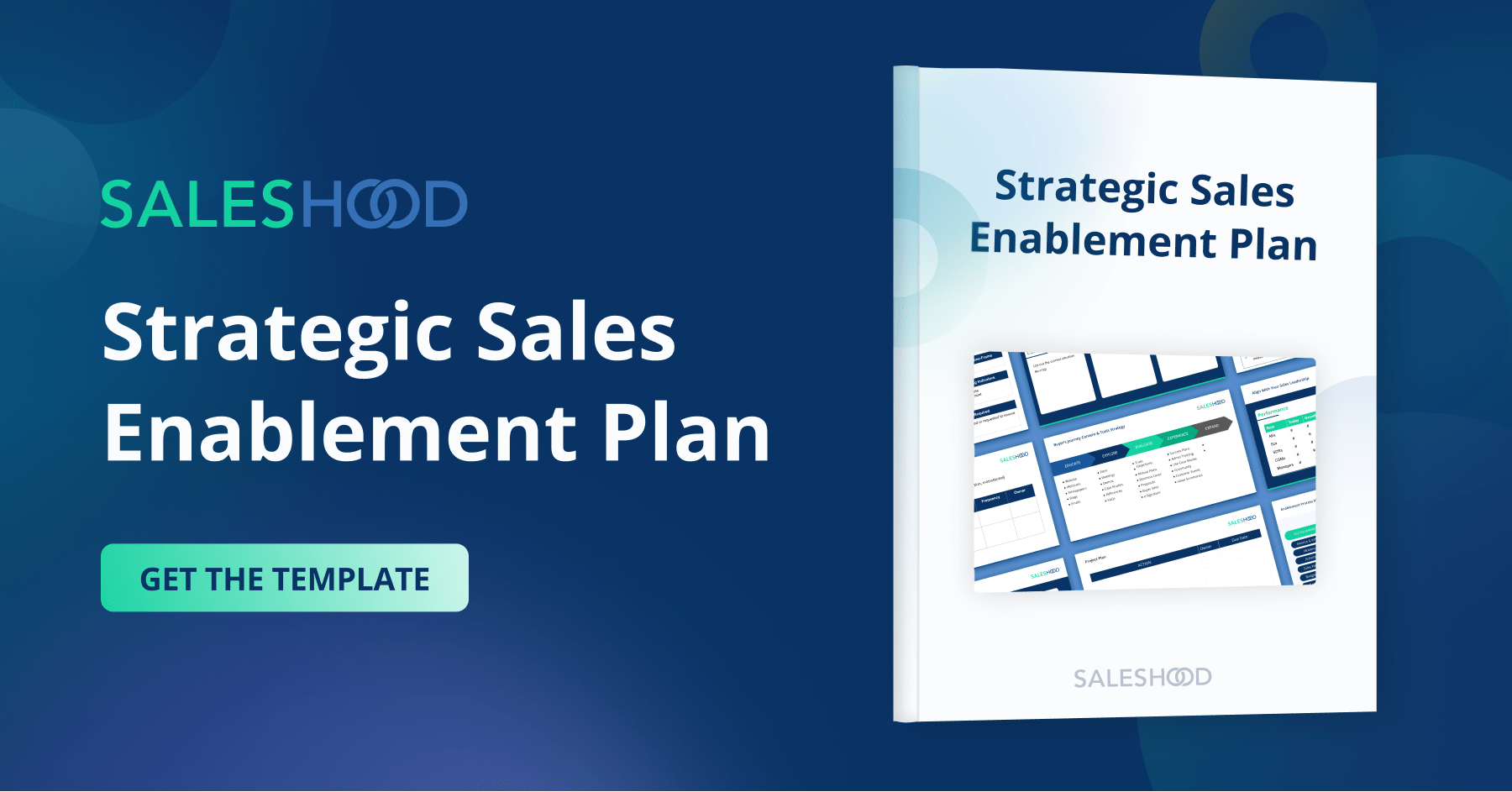Practice, Stand And Deliver Like The Great Ones – How do the great ones become number one?
Discipline? Passion? Commitment? Determination? Hard work? Drive? Never giving up? Never settling?Being the best version of themselves? Practice? Practice? More practice?
When you think of greatness, who do you think of?
How about the Beatles, Serena Williams, and Wayne Gretzky?
In the book Outliers, author Malcolm Gladwell writes that it takes roughly ten thousand hours of practice to achieve mastery. According to Rolling Stone, the Beatles did many thirty set weeks in their early days with hundreds of performances each year. Serena Williams, known for achieving greatness in tennis, spends two hours on the court every day practicing and hours in the gym. Wayne Gretzky shared in his autobiography how he spent countless hours practicing every day in his backyard ice rink. He wrote: “The harder you work everyday, the better you’ll become.”
It got me thinking: How do we achieve greatness in the sales profession? Practice, practice, practice? What does practice look like for salespeople and sales managers? What should we be practicing? When should we practice? How often should we practice? The answer: We should practice all the time with managers, peers, and customer champions. (“Stand and Deliver” is another name for practice in the sales world.)
The beauty of our world today and the technology available is that we can scale practice using video, mobile and peer reviews.
Then, why not practice with all customer presentations at all stages of the sales process all the time? It’s hard work to be disciplined about always practicing. It takes leadership. It takes commitment. It takes thick skin. It takes vision from the top to build culture the promotes practice and coaching. Here are some examples of typical sales conversations that would benefit from never-ending practice, manager coaching, and peer feedback:
Elevator Pitches (2 to 3 minutes): Practice verbalizing conversational value-based elevator pitches focusing on the problem, value statement, how we do it, proof points, customer stories, and closing with an engaging question.
Customer Stories (2 minutes): Practice telling customer stories that are emotional, transformational, and quantifiable. It’s a great best practice to lead with a punch line, give context, focus on the journey and be benefits focused. Ongoing practice will result in knowing the stories cold.
Company Overview Presentations (5 to 8 minutes): Practice going over gold standard company overview presentations. The presentation is an expanded version of the elevator pitch.
Customer Objections (1 minute each): Come up with a list of common objections and practice how to overcome them. Role-play with managers, peers, and champions.
Solution Demonstrations (5 to 8 minutes): Focus the talk track on problems and benefits versus features. Stand and deliver the presentation as many times as you can before showtime with the decision makers and influencers.
Customer Executive Presentations (8 to 10 minutes): Create a baseline presentation template that is customized on a customer by customer basis and have teams “stand and deliver” and practice before actual customer presentations.
Mutual Success Plans (5 minutes): Practice articulating the value and defending mutual success plans.
ROI/TCO (5 minutes): Practice sharing financial stories of return on investment and total cost of ownership to deliver value in every customer conversation.
The magic of practicing with video is self-assessment becomes the ultimate personal driver to achieve greatness. Also, manager and peer coaching becomes more precise and action-oriented. What would happen to your business if every seller always practiced and used video to do presentation dry-runs? When I do it, I’m always grateful for the feedback and the opportunity to be better. It’s standard practice with our team. It’s game-changing.
Ask yourself, how much would Wayne, Serena and Paul practice if they were on your sales team?
What would happen if we all practiced presentations with peers and managers before every customer meeting?
Here’s a hint: We’d close a lot more business.



